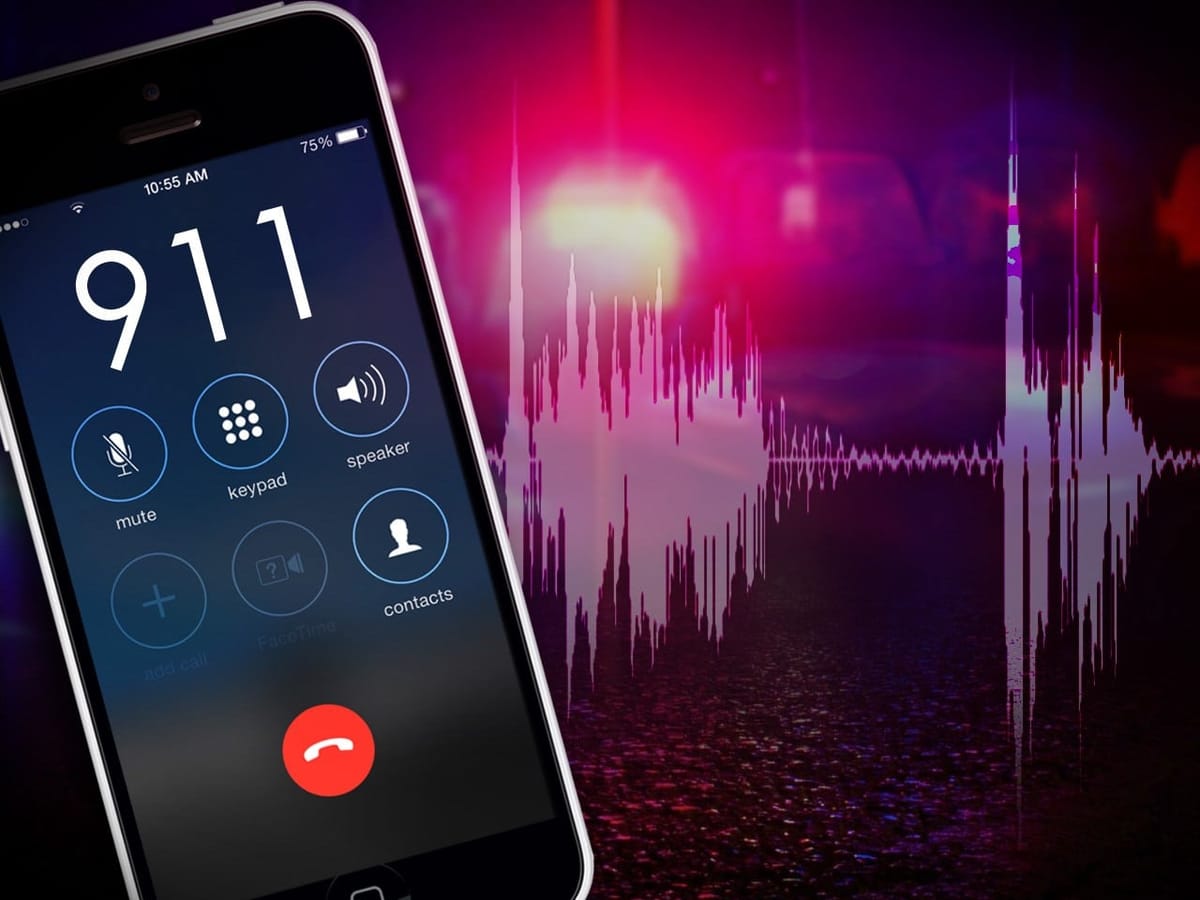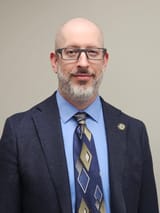9-1-1 Myths and Misconceptions
What You Need to Know About Calling for Emergency Help

When it comes to emergencies, quick and accurate information is critical to getting help where it’s needed. At Lapeer County Central Dispatch, we handle various daily calls – some urgent and life-threatening, others less so. Unfortunately, several myths and misconceptions exist about how the 9-1-1 system works and what happens during a call. These misunderstandings can sometimes delay help or even create additional challenges. Here are some of the most common myths and facts to help you make the right decisions in an emergency.
Myth #1: If You Hang Up Quickly, We Won’t Call You Back
Fact: Every call to 9-1-1, even hang-ups, is taken seriously. If you call 9-1-1 and hang up, dispatchers must follow up by calling back to ensure no emergency. This helps prevent situations where someone cannot speak due to danger or medical distress. If you dial 9-1-1 by accident, don’t hang up! Instead, please stay on the line and let the dispatcher know it was an accident. This saves valuable time and resources.
Myth #2: You Can Text 9-1-1 in Every Situation
Fact: While text-to-9-1-1 is available in some areas, it’s still not universal. And even in areas where it is available, calling 9-1-1 remains the fastest and most reliable way to reach emergency help. Texting should be used only when calling isn’t an option, such as if you’re in a situation where speaking could put you in danger or if you have a hearing or speech impairment. Always check if your area supports text-to-9-1-1, and remember: “Call if you can, text if you can’t.”
Myth #3: Dispatchers Don’t Need to Ask So Many Questions – Send help!
Fact: It’s common to feel frustrated when a dispatcher asks several questions in an emergency, but every question has a purpose. Dispatchers are trained to gather critical information quickly to ensure the right resources are sent. Questions about location, nature of the emergency, injuries, and possible hazards help dispatchers determine what type of assistance is needed and ensure responder safety. Rest assured, while the dispatcher is talking with you, help is already being dispatched, and your safety is their top priority.
Myth #4: You Can’t Call 9-1-1 from a Cell Phone if There’s No Signal
Fact: Most cell phones can still make emergency calls without a network signal. When you dial 9-1-1, your phone will attempt to connect with any available network. However, if you’re in a very remote area with no signal from any carrier, your call may not go through. In these situations, text-to-9-1-1 may still work. Knowing your location and being prepared to give directions is especially important if traveling in rural or less-covered areas.
Myth #5: Only Life-and-Death Emergencies Warrant a 9-1-1 Call
Fact: 9-1-1 is there to help with any situation requiring immediate assistance, whether or not it’s life-threatening. However, it’s important to use 9-1-1 only for situations that need urgent response, such as crimes in progress, fires, medical emergencies, or suspicious activity. Non-emergency situations, like power outages or minor traffic accidents with no injuries, are better suited for non-emergency lines. This helps ensure that emergency lines remain available for those needing immediate help.
Myth #6: Dispatchers Can Easily Trace Your Location
Fact: Unlike in the movies, dispatchers don’t always have pinpoint GPS locations for callers, especially those calling from cell phones. The technology has improved, but exact locations still aren’t guaranteed. Always give your location as clearly as possible, including landmarks, if you’re unsure of the precise address. Knowing your location can make all the difference in getting help to you quickly.
The Significance of Understanding These Myths for Effective Emergency Response
Every second counts in an emergency. By understanding the truth about 9-1-1, you play a crucial role in helping 9-1-1 get you the help you need as quickly as possible. Remember, we’re here to assist you – so stay calm, answer our questions, and trust the process. Together, we can ensure that emergency services are available when needed most.




